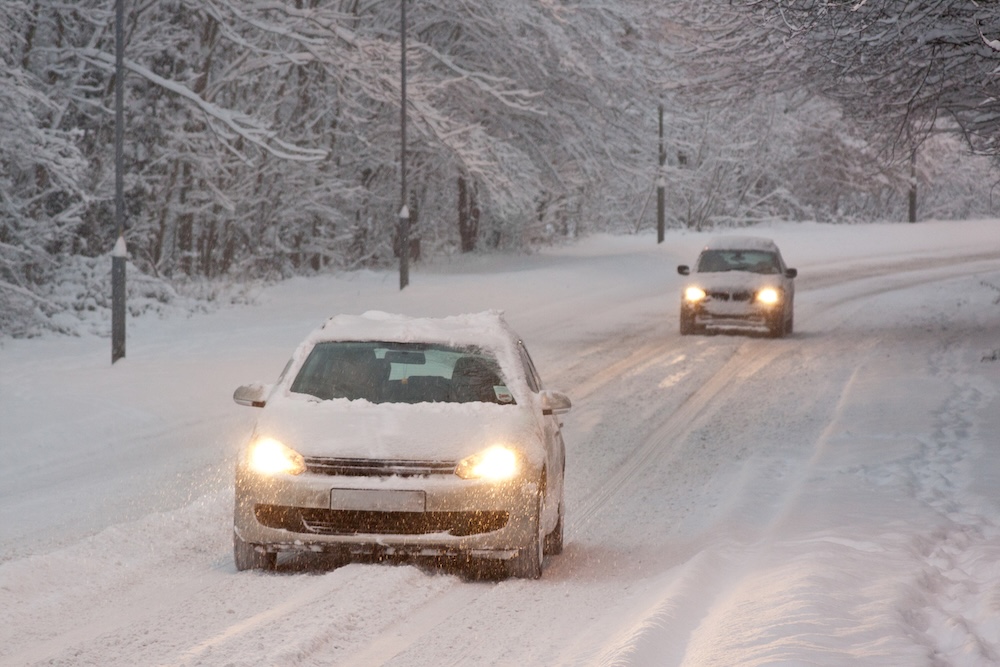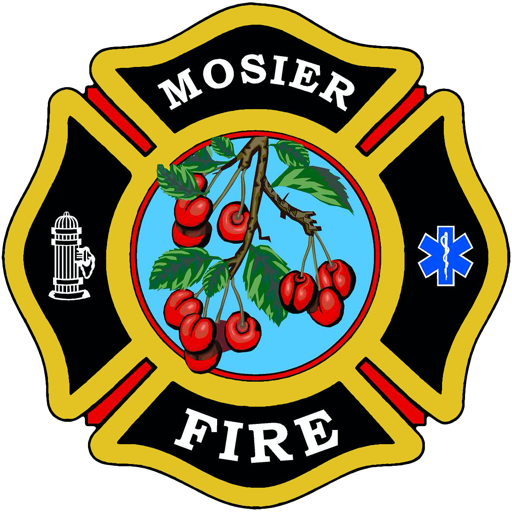Please use caution this weekend if you are out driving. The weather forecast is predicting rain and snow, with lows between 28-35 degrees and highs between 36-42 degrees.
If you are new to the area, or just to refresh your memory, here are some Winter Driving Tips:
- Prepare Your Vehicle
Before you set off, make sure your car is winter-ready:
Check your tires: Ensure they have adequate tread depth (at least 2/32 of an inch is recommended for snow) and consider switching to winter tires for better grip.
Clear snow and ice: Fully clear your windscreen, mirrors, and lights. Don’t forget to brush snow off the roof, as it can slide onto the windscreen while driving.
Top up fluids: Keep your screen wash topped up with a winter-grade solution to prevent freezing.
Keep essentials in the car: Include a scraper, de-icer, blanket, torch, and a fully charged mobile phone.
- Drive Smoothly and Steadily
Abrupt movements can cause your car to lose traction on icy surfaces.
Accelerate gently: Press the accelerator pedal slowly to prevent wheel spin.
Brake gradually: Apply brakes softly to avoid skidding. If your car has ABS, it will help prevent locking your wheels.
Steer gently: Avoid sharp turns; steer smoothly to maintain control.
- Prepare your vehicle.
- Check your tires. Ensure they have adequate tread depth (3mm is recommended for snow).
- Clear snow and ice from windshields, windows, lights, and mirrors. Don’t forget to remove the snow from on top of your vehicle also.
- Top off fluids. Keep windshield wiper solution full, using a winter grade formula so it will not freeze.
- Keep essentials in your car. An ice scraper, a de-icer, blanket, flashlight, and fully charged cell phone.
- Drive Smoothly and Steadily. Abrupt movements can cause you vehicle to lose traction and slip on icy surfaces.
- Accelerate gently. press gently on the accelerator when starting to move to prevent tire spin.
- Brake gradually. Apply brakes softly to avoid skidding. ABS systems will help with not locking of the tires.
- Steer gently. Avoid sharp turns; steer smoothly to maintain control.
- Increase Braking Distance
Snow and ice can dramatically increase the distance it takes for your car to stop and it can take as much as 771m to stop in snow! Use the rule of 10 and multiply your normal braking distance by 10 to allow plenty of room for braking. - Reduce Speed
Driving more slowly gives you extra time to react. Keep your speed appropriate for the road conditions, even if it means going below the posted limit. - Use Higher Gears on Slippery Roads
When starting off, use second gear to reduce wheel spin. Similarly, when driving, a higher gear can help prevent skidding on icy stretches. - Avoid Cruise Control
Cruise control can cause your car to accelerate or brake suddenly, which is dangerous on slippery roads. Always drive manually to maintain full control. - Watch for Black Ice
Black ice is nearly invisible and often forms in shaded areas, bridges, or roads exposed to cold winds. Be extra cautious and look out for shiny patches on the road. - Use Your Lights Appropriately
In heavy snowfall, use dipped headlights so other drivers can see you.
Avoid full beams, as they can reflect off the snow and impair visibility. - Climbing and Descending Hills
When going uphill: Maintain a steady speed and avoid stopping. Start in a higher gear to prevent wheel spin.
When going downhill: Engage a lower gear and apply brakes gently to keep control. - Stay Alert for Other Drivers
Not everyone on the road may be experienced with winter driving. Anticipate sudden stops or erratic movements from other drivers and be ready to react safely. - Know When to Stay Home
Sometimes the safest decision is not to drive at all. If conditions are particularly severe, consider delaying your journey or using public transport where possible.

